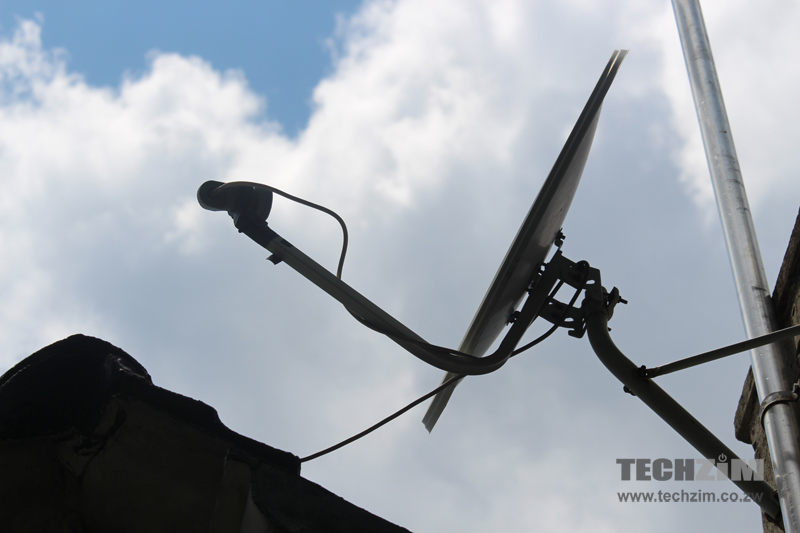Multichoice recently announced financial results for their financial year ending on the 31st of March 2020 and the situation in Zimbabwe is “sub-optimal”. That’s if sub-optimal can be used as a euphemism.
Put plainly, DStv is actually haemorrhaging customers and lost 92 000 subscribers in that period placing the blame on power outages and economic woes currently impacting the country;
In Zimbabwe, the current hyperinflationary economic environment and lack of US dollar liquidity caused significant pressure on consumers, while severe drought-related electricity shortages (of up to 18 hours per day) in countries like Zambia negatively impacted on the demand for pay-TV services.
Losing 90 000 subscribers is obviously a big blow to Multichoice and when you consider that at the end of 2019 the position was that they had actually lost 230 000 subscribers between March and September of 2019, the subscriber bleed is continuing profusely.
As at March 31, there were 98 000 Zimbabwean subscribers still active. Over the last few months the power situation has drastically improved and one would expect that the “uncontrollable” subscriber losses due to power cuts will now be slowed down.
A colleague of mine doesn’t believe that the power cuts are the biggest issue and instead believes the fact that it has become so much harder for subscribers to pay for DStv through official channels as the main reason for the decline.
The biggest concern for Multichoice South Africa (and Zimbabwe by extension) going forward will be the fact that Zimbabwe’s economy continues to shrink and it’s not impossible to imagine consumers seeing services like DStv as a luxury given that context.
It seems COVID-19 hasn’t had too much of a negative impact as Multichoice states that the subscriber base is holding up better than they were expecting (without giving any specific numbers). They also report that Return on Assets (how much they make per asset) trends were in line with what they had come to expect during that time of the year.
What will be particularly interesting to see for me going forward is if the reduction in remittances will have an impact on DStv subscriptions locally. An interesting number because it will also give us something to ponder on regarding diasporans role in the consumption of content locally.

2 comments
Hi Farai, the end of the article (sentence) is missing?
That is big. How many are actually active? Looks like DSTV ZIM are not phased at all. I hadn’t DSTV for 10 years in February this year I bought a new decoder activated in March and nothing is driving me to pay for June. I was only on access which 6 channels out of 40 appealed to me. So why should I bother. When you have a free alternative.